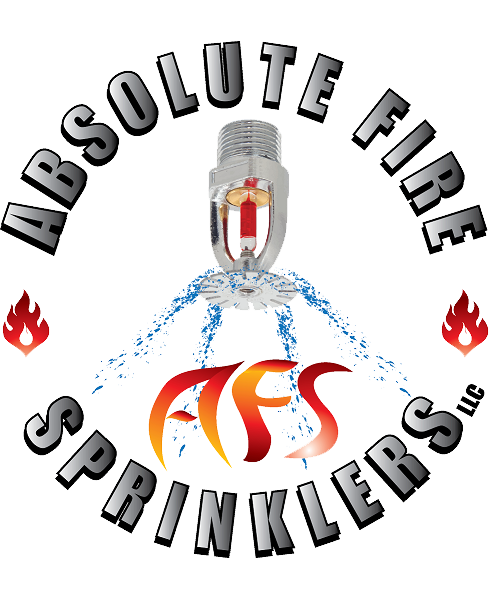
Automatic fire sprinklers have been in use in the U.S. since 1874. Fire sprinklers are widely recognized as the single most effective method for fighting the spread of fires in their early stages – before they can cause severe injury to people and damage to property.
When one fire sprinkler head is activated, the entire sprinkler system does NOT activate. Sprinklers react to temperatures in individual rooms. The chance of a fire sprinkler accidentally being set off are extremely rare. Installation of fire sprinklers can provide discounts on insurance premiums. The costs for installing fire sprinkler systems in residential, industrial, commercial structures is based upon the construction style and the aesthetics of the building.
In most cases the installation of fire sprinklers in new residential construction is estimated to make up around 1% to 2% of the total building cost (similar to the cost of new carpet). Over 200 U.S. communities have laws that require residential fire sprinkler systems. Roughly 100 of these communities are in California. In downtown Fresno, for example, there has been fire damage of only $42,000 reported during a 10-year period in which it’s fire sprinkler law has been in effect.
According to the National Fire Protection Association, property damage in hotel fires was 78% less in structures with sprinklers than it was in structures without sprinklers, during the years 1983-87 (average loss per fire was $2,300 in sprinkled buildings and $10,300 in unsprinkled buildings).
Nearly half of all hotels and motels, according to a 1988 survey by NFPA, have sprinkler systems. NFPA has no record of a fire killing more than two people in a completely sprinkled building where the system was properly operating, with the exception of an explosion or flash fire, or where industrial fire brigade members or employees were killed during fire suppression operations.
The National Fire Protection Association outlines several major strategies that are key to reductions in fire losses and especially in home fire deaths, which are 78.3% of the total fire deaths:
* More, and more widespread, public fire safety education on how to prevent fires and how to avoid serious injury or death if fire occurs.
* Residential fire safety initiatives remain the key to reductions in the overall fire death toll.
* Wider use and proper maintenance of smoke detectors, coupled with practiced home escape plans.
* Wider use of residential sprinklers.
________________________
* From “American Fire Sprinkler Association – http://www.firesprinkler.org/
Fire Sprinkler Misconceptions
Automatic sprinkler systems have provided an enviable record of protecting life and property for over 100 years, yet there are still common misunderstandings about the operation and effectiveness of automatic fire sprinkler systems.
Myth 1: “Water damage from a sprinkler system will be more extensive than fire damage.”
FACT: Water damage from a home sprinkler system will be much less severe than the damage caused by water from firefighting hose lines or smoke and fire damage, if the fire goes unabated. Quick response sprinklers release 8-24 gallons of water per minute in comparison to 50-125 gallons per minute released by a fire hose.
Myth 2: “When a fire occurs, every sprinkler head goes off.”
FACT: Sprinkler heads are individually activated by fire. Residential fires are usually controlled with one sprinkler head. Ninety percent of all fires are controlled with six or fewer heads. A study conducted in Australia and New Zealand, covering 82 years of automatic sprinkler use found that 82% of the fires which occurred were controlled by two or fewer sprinklers.
Myth 3: “A smoke detector provides enough protection.”
FACT: Smoke detectors save lives by providing a warning system, but can do nothing to extinguish a growing fire or protect those physically unable to escape on their own, such as the elderly or small children. Too often, battery operated smoke detectors fail to function because the batteries have expired, or have been removed. As the percent of homes in America that were “protected” with smoke detectors increased from zero to more than 70%, the number of fire deaths in homes did not significantly decrease.
Myth 4: “Sprinklers are designed to protect property, but are not effective for life safety.”
FACT: Sprinklers provide a high level of life safety. Statistics demonstrate that there has never been any multiple loss of lives in a fully sprinklered building. Property losses are 85% less in residences with fire sprinklers compared to those without sprinklers. The combination of automatic sprinklers and early warning systems in all buildings and residences could reduce overall injuries, loss of life and property damage by at least 50%
Our highly regarded consulting services can help you address a wide variety of challenges. Give us a call today to find out how we can help you.


